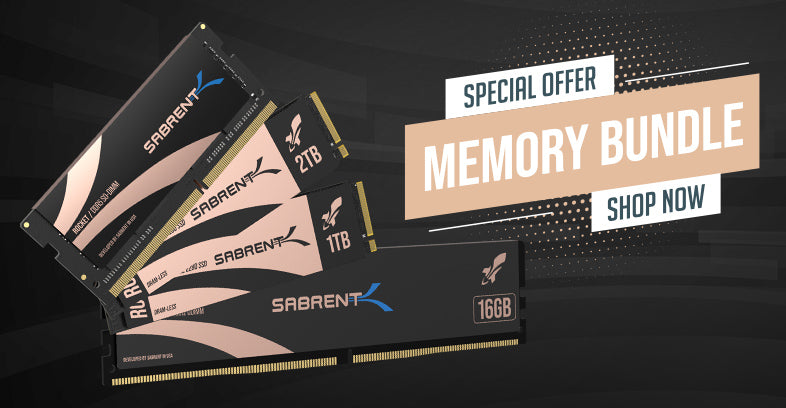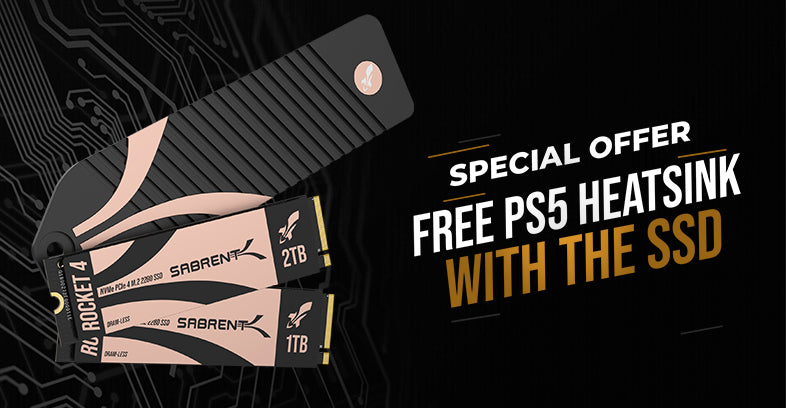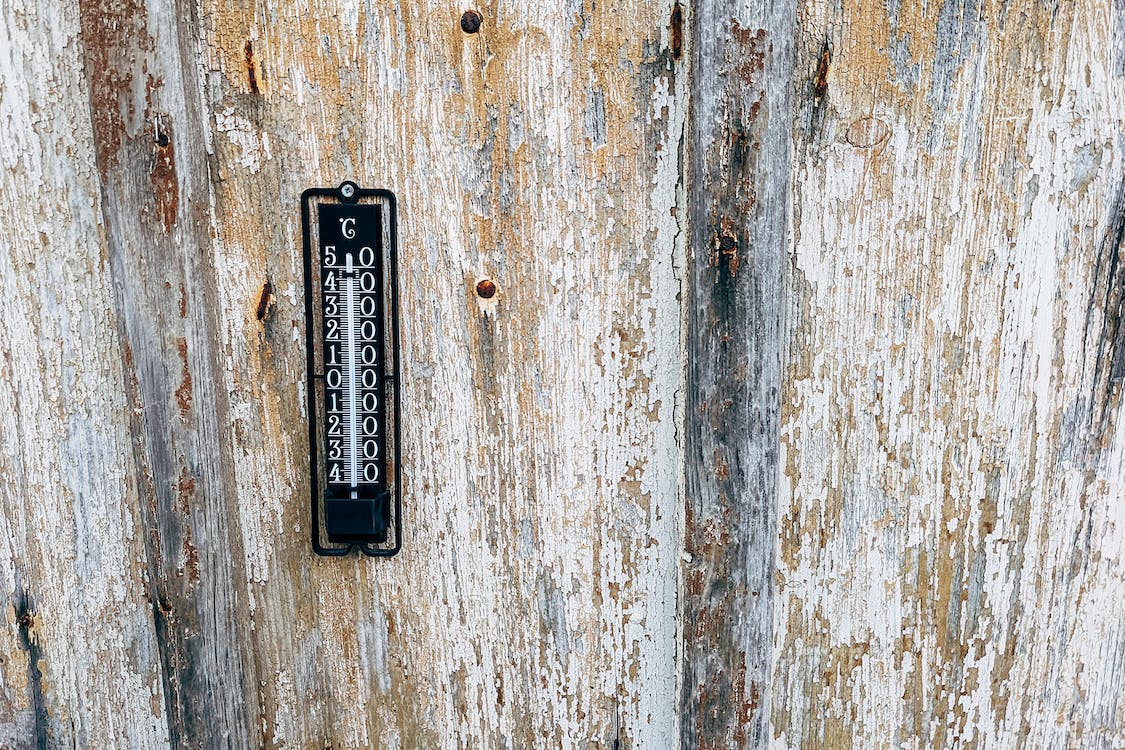If you find the USB naming conventions hard to follow, you’re not alone. USB1.0/1.1 and 2.0 were simple enough but things got a bit murkier after 3.0 arrived. It is perhaps best to start with the maximum transfer rates. USB1.0/1.1, or Full Speed, could hit 12 Mbps, while USB2.0 at High Speed could do 480 Mbps. USB3.0 is SuperSpeed at 5 Gbps, USB3.1 is SuperSpeed+ at up to 10 Gbps, and USB3.2 manages up to 20 Gbps with a dual-lane SuperSpeed+ configuration.
| USB3.2 Designation | USB3.0/3.1 Designation | Speed Moniker | Speed |
| USB3.2 Gen 1x1 | USB3.0, USB3.1 Gen 1 | SuperSpeed | 5 Gbps |
| USB3.2 Gen 2x1 | USB 3.1, USB 3.1 Gen 2 | SuperSpeed+ | 10 Gbps |
| USB3.2 Gen 2x2 | N/A | DL SuperSpeed+ | 20 Gbps |
| USB4 | N/A | N/A | 40 Gbps |
Beyond lane count, there’s also 8b/10b versus 128b/132b encoding, with the first number indicating the amount of data bits transferred versus the total payload size. USB3.0, also known as USB3.1 Gen 1 or USB3.2 Gen 1x1, is single-lane with 8b/10b encoding at 5 Gbps for an actual throughput of 4 Gbps. USB3.1, also known as USB3.1 Gen 2 or USB3.2 Gen 2x1, is single-lane with 128b/132b encoding at 10 Gbps. USB3.2 Gen 2x2 is dual-lane with that same encoding for up to 20 Gbps.
There are also differences in connectivity with USB-A, -B, -C, and micro B interfaces for cables and ports. USB3.2 Gen 2x2 tends to come only in USB-C, which is intercompatible with Thunderbolt. Cables are also known as Type-A and Type-C for the two most common connectors, and it’s not uncommon to find Type-A to Type-C cables for compatibility. Moving forward, USB4 will offer up to 40 Gbps with USB-C while maintaining USB and Thunderbolt compatibility.
USB4 has its own nuances with optional data transfer modes for hosts, hubs, and devices. There are fallback modes for USB3.2 where encoding and lanes are matched. USB4 differs in that it seeks Thunderbolt 3 compatibility, including for speeds and 15W or more of power delivery. There is also the Alternative Mode for DisplayPort that allows video output through USB4. USB4 uses the USB-C or Type-C connector.
Our products cover the array of USB speeds, from 3.0 to 3.2, and are backward compatible with 2.0 and/or 1.1. Devices may be Type-A or Type-C but often include adapters or multiple cable types to work with relevant host devices. Our Thunderbolt products likewise use USB-C, but may have USB fallback for compatibility. We are careful to match our product speeds and connectivity with their intended usage, including with any accessories that may be included. We want to take the guesswork out of it for you, but it's worth checking your host hardware to see what you need.













